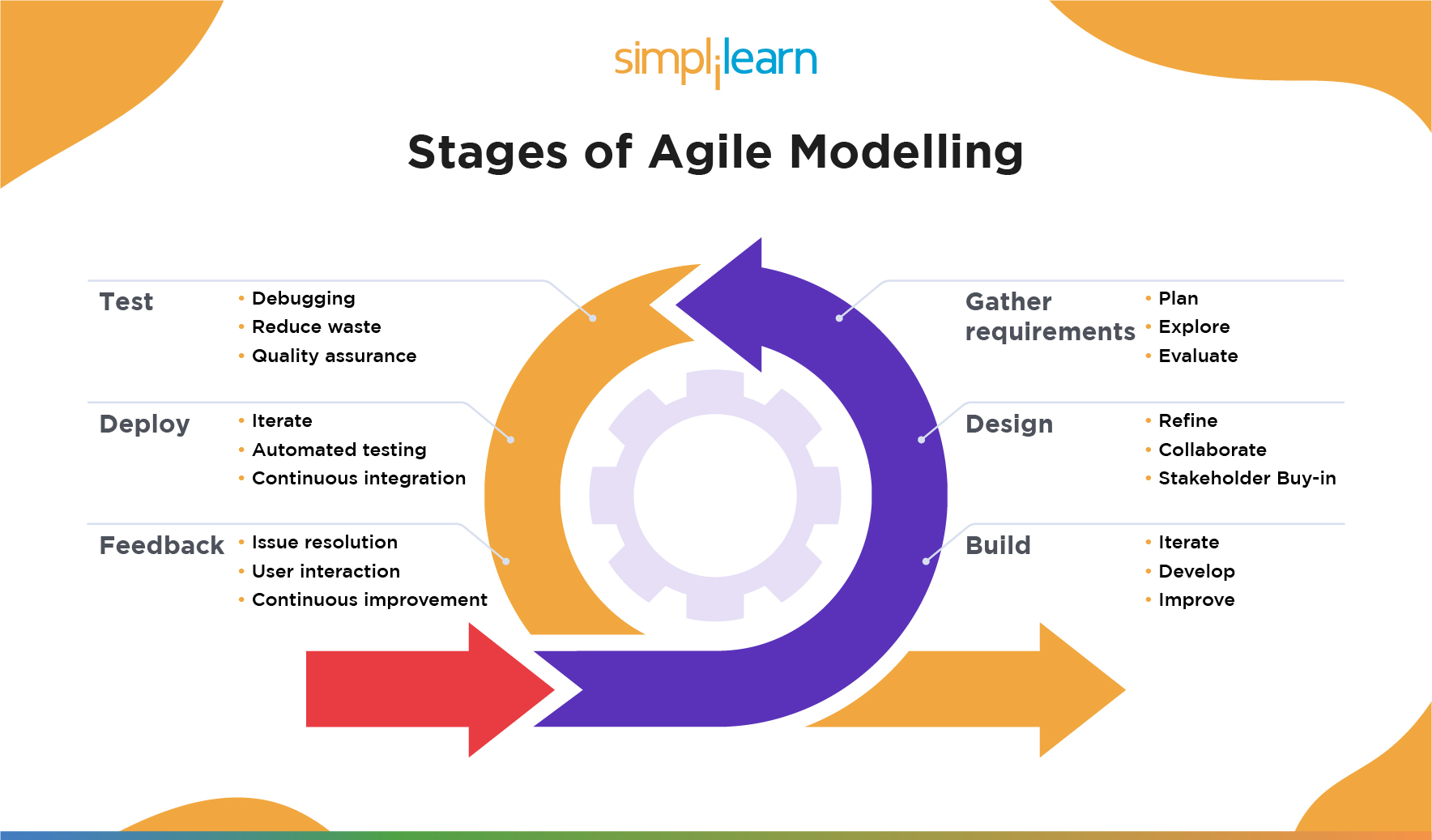Agile Style - Improving Product Development for Faster Results
페이지 정보

본문
Introduction
Agile Design is transforming the means groups develop, test, and launch products. Combining dexterous approach with style thinking, Agile Layout supplies a flexible and repetitive technique that allows teams to react swiftly to market changes, incorporate individual comments, and continually improve product quality. As companies significantly go for a much faster time-to-market and a far better customer experience, Agile Layout has arised as an important approach.
What is Agile Layout?
At its core, Agile Design is the mix of nimble growth concepts with user-centered design strategies. Unlike traditional methods that depend on substantial in advance preparation, Agile Style encourages iterative cycles and quick feedback. This structure concentrates on developing user-focused options by adjusting to feedback throughout the development process, lowering the risk of missed out on requirements or late-stage changes. Agile Layout ultimately leads to an item that fulfills users' demands better.
Trick Concepts of Agile Layout
User-Centric Strategy: Agile Layout puts users at the. By continually testing and refining based on responses, developers guarantee the item lines up with real-world user expectations and needs.
Collaboration: Agile Layout highlights teamwork, damaging down silos and urging close collaboration between developers, designers, and stakeholders. This boosts interaction and guarantees that each employee's insights inform layout options.
Iterative Growth: Agile Style depends on repetitive cycles-- brief, concentrated sprints of work that cause fast models and rapid screening. This makes it possible for teams to determine and take care of problems early, improving both speed and high quality.
Versatility: Agile Layout adapts to altering needs throughout the task. Groups prioritize adaptability, readjusting as customer demands evolve or market problems shift.
 Benefits of Agile Layout
Benefits of Agile Layout
Agile Style offers several vital benefits. It speeds up time-to-market by creating room for quick changes, lessens wasted resources, and decreases the risk of delivering a product that disappoints user assumptions. In Addition, Agile Layout cultivates a society of adaptability, making it simpler for teams to pivot as new understandings emerge.
Implementing Agile Design
To implement Agile Design, start by damaging down the layout process into sprints, establishing clear purposes for each phase. Foster a culture of cross-functional collaboration by motivating communication in between all involved teams. Routinely examination styles with genuine customers to guarantee that the item remains lined up with advancing demands.
Integrating agile method with design reasoning, Agile Layout uses a flexible and iterative technique that enables teams to respond quickly to market shifts, integrate user feedback, and constantly boost product high quality. At its core, Agile Layout is the mix of agile development principles with user-centered layout techniques. Agile Layout inevitably leads to an item that satisfies customers' demands a lot more properly.
To execute Agile Design, begin by breaking down the layout process into sprints, establishing clear goals for each phase.
Agile Design is transforming the means groups develop, test, and launch products. Combining dexterous approach with style thinking, Agile Layout supplies a flexible and repetitive technique that allows teams to react swiftly to market changes, incorporate individual comments, and continually improve product quality. As companies significantly go for a much faster time-to-market and a far better customer experience, Agile Layout has arised as an important approach.
What is Agile Layout?
At its core, Agile Design is the mix of nimble growth concepts with user-centered design strategies. Unlike traditional methods that depend on substantial in advance preparation, Agile Style encourages iterative cycles and quick feedback. This structure concentrates on developing user-focused options by adjusting to feedback throughout the development process, lowering the risk of missed out on requirements or late-stage changes. Agile Layout ultimately leads to an item that fulfills users' demands better.
Trick Concepts of Agile Layout
User-Centric Strategy: Agile Layout puts users at the. By continually testing and refining based on responses, developers guarantee the item lines up with real-world user expectations and needs.
Collaboration: Agile Layout highlights teamwork, damaging down silos and urging close collaboration between developers, designers, and stakeholders. This boosts interaction and guarantees that each employee's insights inform layout options.
Iterative Growth: Agile Style depends on repetitive cycles-- brief, concentrated sprints of work that cause fast models and rapid screening. This makes it possible for teams to determine and take care of problems early, improving both speed and high quality.
Versatility: Agile Layout adapts to altering needs throughout the task. Groups prioritize adaptability, readjusting as customer demands evolve or market problems shift.
 Benefits of Agile Layout
Benefits of Agile LayoutAgile Style offers several vital benefits. It speeds up time-to-market by creating room for quick changes, lessens wasted resources, and decreases the risk of delivering a product that disappoints user assumptions. In Addition, Agile Layout cultivates a society of adaptability, making it simpler for teams to pivot as new understandings emerge.
Implementing Agile Design
To implement Agile Design, start by damaging down the layout process into sprints, establishing clear purposes for each phase. Foster a culture of cross-functional collaboration by motivating communication in between all involved teams. Routinely examination styles with genuine customers to guarantee that the item remains lined up with advancing demands.
Integrating agile method with design reasoning, Agile Layout uses a flexible and iterative technique that enables teams to respond quickly to market shifts, integrate user feedback, and constantly boost product high quality. At its core, Agile Layout is the mix of agile development principles with user-centered layout techniques. Agile Layout inevitably leads to an item that satisfies customers' demands a lot more properly.
To execute Agile Design, begin by breaking down the layout process into sprints, establishing clear goals for each phase.
- 이전글가슴 뛰는 순간: 삶의 큰 순간들 24.11.25
- 다음글무료웹툰사이트 ★퍼플툰★ 무료웹툰 추천 2026년 TOP10 24.11.25
댓글목록
등록된 댓글이 없습니다.














